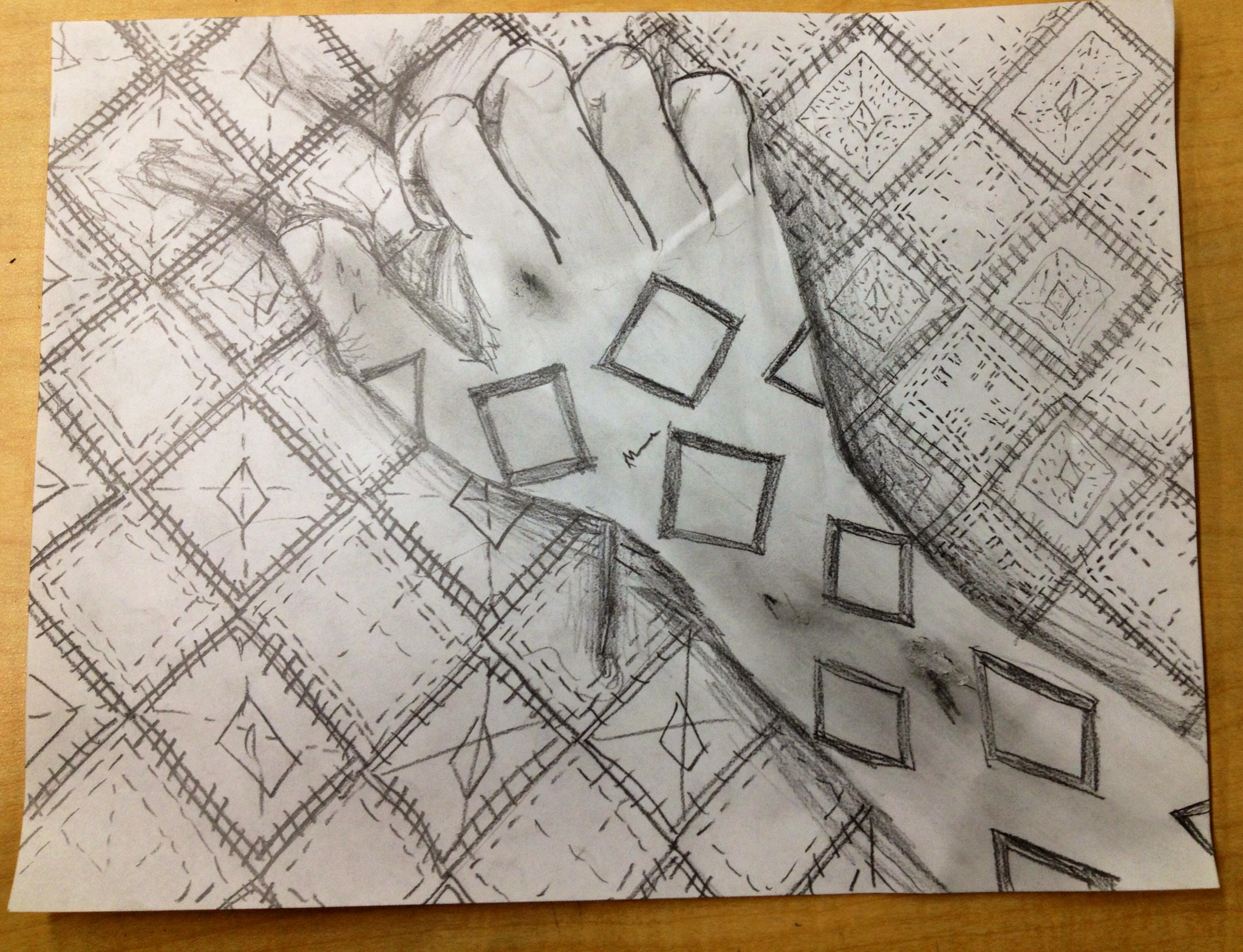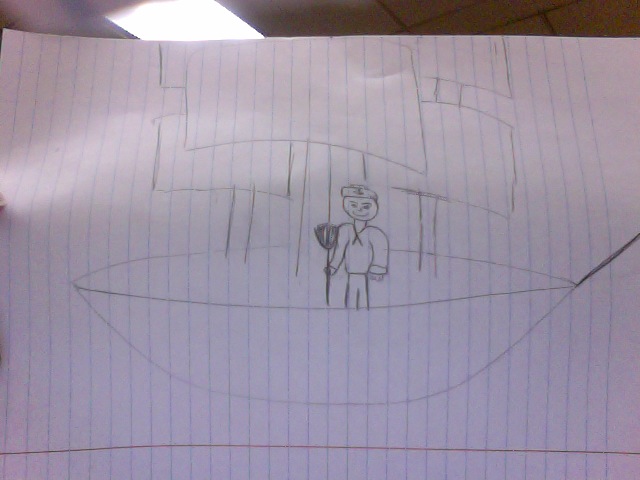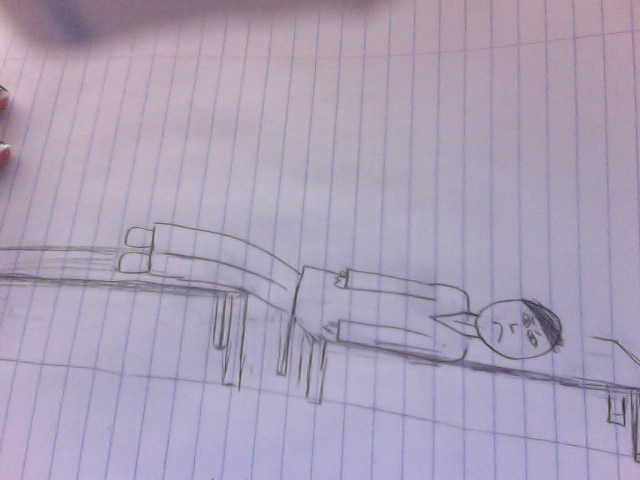Image Lab
IMAGE LAB
What is an image lab?
Analytic work-->Creative work
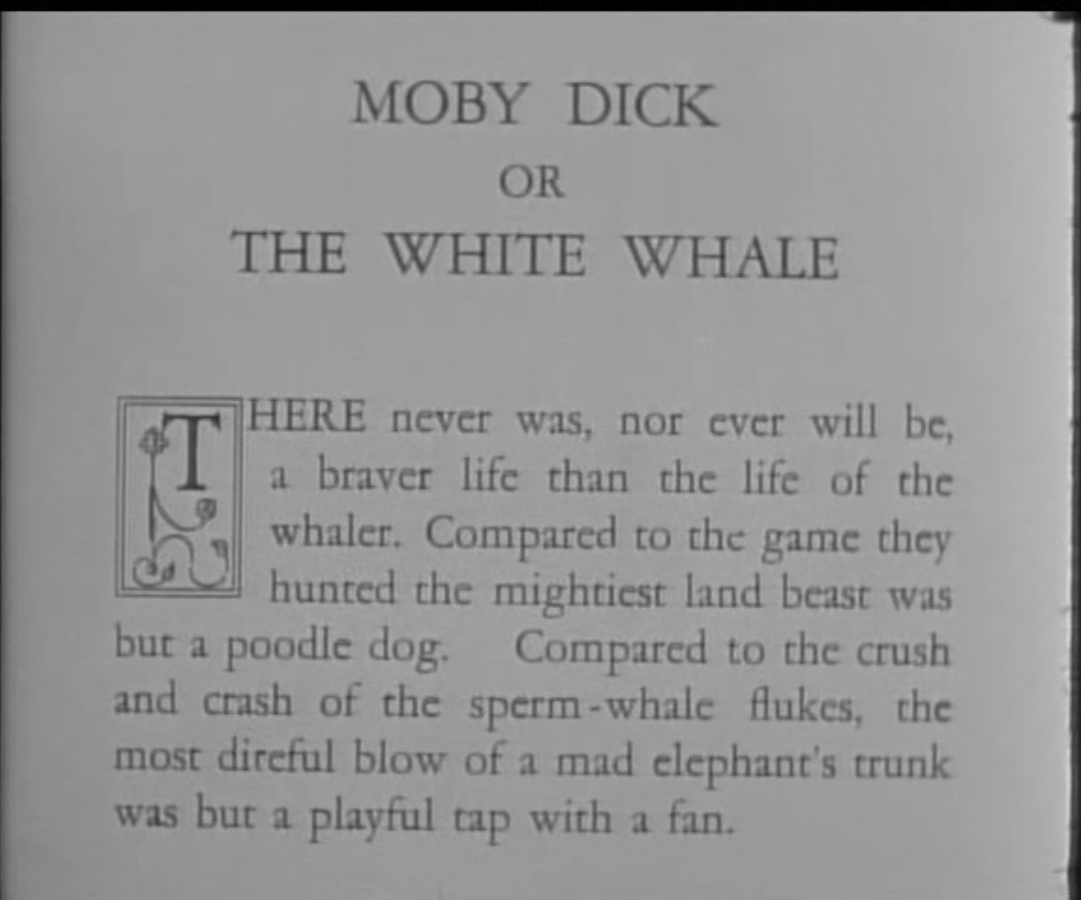 ------>
------> 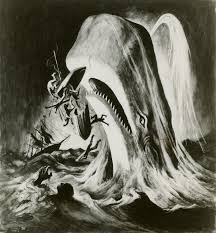
An Image lab is an idea where you take analytical text and translate it into a creative work of art. It is a way of expressing an idea through a different medium.
Scholarly and Traditional Uses:
Lynda Barry:
Starting out as a painter, Lynda began drawing comic strips with stories that were previously thought unable to be translated into comics. She has since written many books, which have achieved various awards, and one of her novels became an off Broadway play. Lynda Berry is a professor at the UW that uses her Image Lab to show how using a different kind of expression to shape an idea can enhance creative thinking. She uses drawing to help students find a different medium to articulate how they interpret different texts. You can find out more information about the UW image lab by clicking this link.
While most people separate the analytical and creative methods, Berry suggests that creative work can develop analytical work. Drawing, or graphing different aspects of the novel can help not only create new patterns, but also allows a different outlet to generate ideas about the text that may have been missed before. While reading a text, it is common to just look at what words are being used. If you are forced to draw out a scene, you may look at how different things are being described, thus creating new patterns outside of just word choice. This may draw your attention to how light and dark is being represented in the novel. You may also notice a symbol that you did not before if it was just used to describe something. Utilizing these different techniques could create a whole different analytical argument that later might be put into words, and since you saw and created the images for yourself, it can also help you describe just what you want to express.
Mark Kish:
Matt Kish is a man who illustrated every page of Moby Dick. He did this to interpret the images and show what he saw and what the novel meant to him. He did not necessarily choose the most visual passages, but the ones that resonated with him. By doing this, he found a way besides analytical writing to illustrate (no pun intended) his arguments about themes and different symbols that are important and expressed in Moby Dick. You can see his work by checking out his blog.
Traditional Art
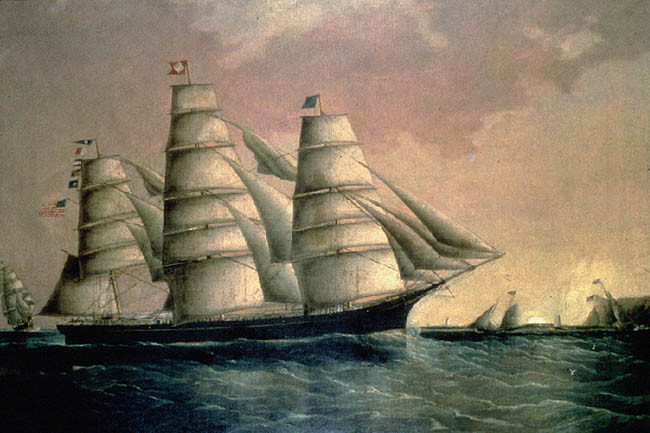
Traditionally pictures were used to tell stories of their own. "A picture is worth a thousand words" is a phrase many of us know well. Pictures have always been interpreted by the viewer, much like text is interpreted by the reader. While they are two different mediums, the interpretations can go hand in hand. Each person might interpret things differently, and some things are easier to express in one medium over the other. As you will see, we as a class were use to expressing ourselves through text instead of art.
Our Image Lab:
For our image lab we were instructed to choose two passages form the text and draw them. When then reflected on how this method worked for us. We discussed if this allowed us to think of the text in a different way, what we chose to highlight, and if we think we were able to effectively communicate out idea. The pictures above are describing scenes from Moby Dick The Northwestern-Newberry Edition on pages 13, 5 , 24 , 25 , 4 , and 10 respectively.
"With this once long lance, now wildly elbowed, fifty years ago did Nathan Swain kill fifteen whales between a sunrise and a sunset" (13)
"It is the image of the ungraspable phantom of life; and this is the key to it all" (5)
“Better to sleep with a drunken cannibal than a drunken Christian" (24).
“same arm… looked for all the world like a strip of that same patchwork quilt” (25).
“Tell me, does the magnetic virtue of the needles of the compasses of all those ships attract them thither?” (4).
"A hundred black faces turned round in their rows to peer; and beyond, a black angel of Doom was beating a book in a pulpit. It was a negro church.." (10).
Our Results: Class Reaction
"Honestly this exercise didn't really get me thinking any differently about the text, nor did it change how I interpreted it."
"The act of drawing a passage allowed me to put myself in the setting from a first person point of view. In other words, drawing the scene was a manifestation of the second person narration employed in the novel. "
"Drawing has always been frustrating for me, because I can never get what I have in my head onto paper."
"This shading also made me think of covering over and the layering of a narrative - just as I was able to cover over an mistakes or stray lines that I didn't want to be seen with my pencil - the narrator is able to cover over any narrative threads or indiscretions with his/her words."
The reactions from everyone were very different. There was a lot of frustration at lack of ability to express our ideas on paper. Some thought that this exercise did absolutely nothing at all to help read the text differently. Most of the class, however, thought the act of drawing out a scene really helped to look at the passage more closely. It required close reading and really paying attention to how things were being described. Some students drew parts of the reading that they did not pay too much attention to at first, but upon second look really saw just how visual and unique it was. Others already had an image in their head that they successfully put on paper.
My Reaction: Lost in Translation
"No, when I go to sea, I go as a simple sailor, right before the mast..." (5)
"I now took the measure of the bench, and found that it was a foot too short; but that could be mended with a chair. But it was a foot too narrow, and the other bench in the room was about four inches higher than the planed one-so there was no yoking them" (17)
The pictures are from the Northwestern-Newberry edition of Moby Dick on pages 5 and 17 respectively. I am a terrible drawer. While I liked the idea of this exercise, my lack of talent really did not allow me to express my ideas completely. I wish that I would have been able to highlight what I thought was important in the text, but I did not know how to put it on paper and make it look like something real. In class we talk a lot about how translation can be lost by trying to express them through different mediums and I believe that really happened to me during this lab. Due to my lack of drawing skills, a lot of interpretations and a lot of what I wanted to focus on in the passage was lost even though it can be described so elegantly in the text.
In the first picture I really wanted to focus on Ishmael's idea of being a sailor. He describes why he wants to be a sailor on a ship, and how he imagines it will be like. While looking at my picture al you see is a man on what looks like a boat. While you may get the general idea of what is going on, you may translate it differently than intended. By looking at it you may not know the focus is Ishmael, and think it is the boat, or sailing in general. Although this lapse in translating the image to the text may result in different perceptions, it is still important to see what others notice about the picture because that may have been what they noticed in the text as well.
In the second picture I really wanted to focus on Ishmael's unhappiness in the passage. I believe I was able to transport some of his unhappiness onto paper, but it is up to others to see if they can understand what is making him unhappy. I do not believe that my drawings of the benches are clear enough to present that message to everyone.
Although the limitations were frustrating, it also forced me to really choose the one or two things that I thought were most important from the text. It was a way of focusing my work. It made me realize just what I thought was important in the passage. It also helped me to see what imagery was being emphasized and what was skimmed over for the reader to interpret.
Reflection on Our Image Lab
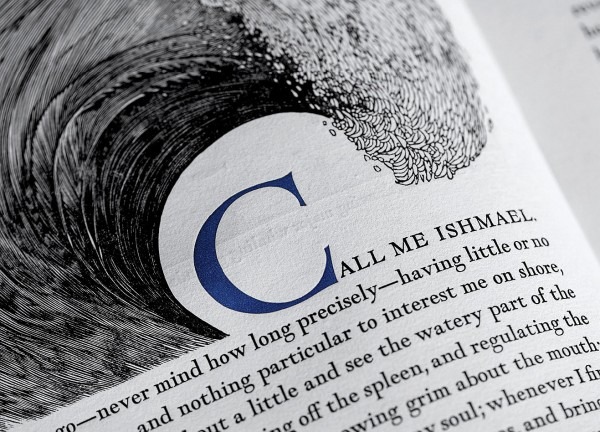
I believe Ishmael has this problem a lot being confined to just text. Throughout the novel we get instances of Ishmael trying to describe a picture to us, but unless we see it for ourselves, the true form of the picture is lost. Ishmael does try to give us a complete picture of what is happening on the boat, but as readers it can be hard to understand and decipher just what he is describing to us. Also, no matter how detailed his description is, some interpretation is lost because everyone sees things differently. As a result of this lab, we each got to experience a little bit of Ishmael's frustrations, and got to understand the difficulty of translating ideas and meanings through a different medium.
Why Image Labs are Useful:
When students are asked to create an analysis of a text, most assume they will be writing a paper expressing themes and ideas. This is the traditional way of interpreting text, and addressing themes and symbols. While it is a good way to get ideas into a discussion, it is not the only way. Since it is a traditional method, and may students and scholars are use to writing analytical criticism, it is what is assumed to be the solution that will best express their knowledge on a subject. Image labs are different in the sense that it is all based on what most assume to just be artwork with no analysis behind it. In fact, using visual methods can not only be an excellent way to analyze a text, but it can also present ideas and themes that may have been previously missed. Even though there are no words, it is still a way of presenting their idea in a medium that allows them to describe their idea. Not everyone is good at describing what might be significant about a certain passage by writing it out, but if they can draw it, they might see just what the author took the time to explain, and what the author left to the imagination.
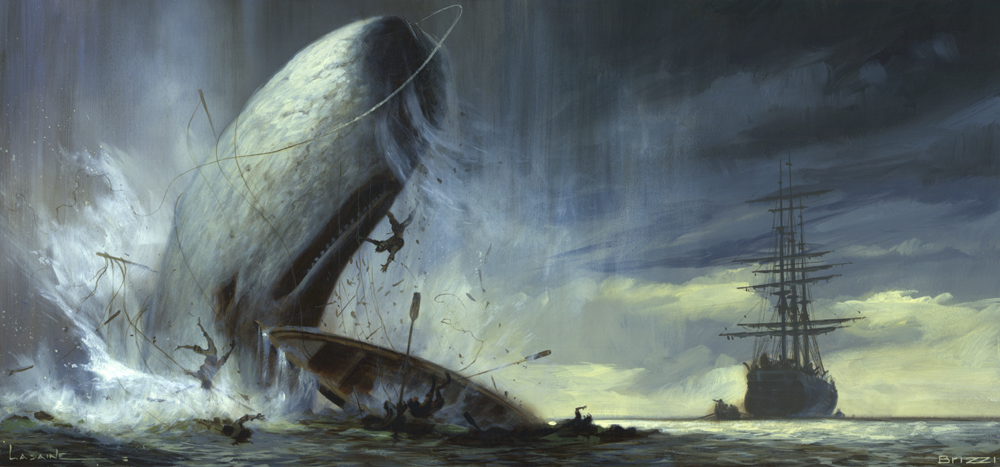
Image Labs are not limited to drawings, but can also be representations of maps (both graphical and character), graphs, and much more. The field of Digital Humanities has many projects that rely on visual representations. By taking this idea of creating images of different scenes and expanding it to different image representations, we create a whole new opportunity to look at and find different patterns.
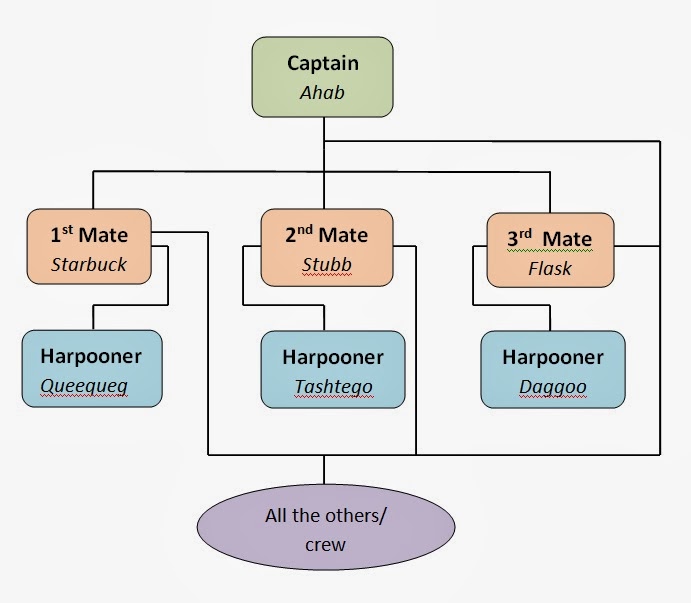
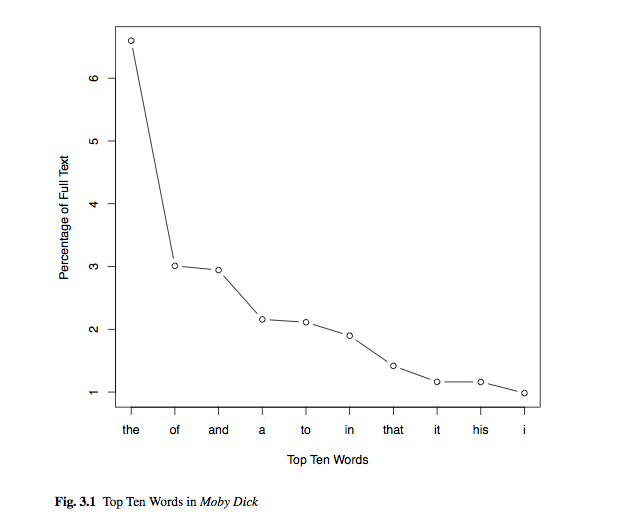 Creating character maps, for example, can help better connect the different characters and see their relationships, and how their relationships are in relation to other characters of a given novel. By not limiting ourselves to analytical analysis, we open up the possibility to explore many different ways of interpreting texts. Graphs are useful to see different patterns as well. For example, you could graph a certain word throughout time to see if the word or phrase was more popular in one decade relative to another. This can promote different ways of looking at how novels were written over time.
Creating character maps, for example, can help better connect the different characters and see their relationships, and how their relationships are in relation to other characters of a given novel. By not limiting ourselves to analytical analysis, we open up the possibility to explore many different ways of interpreting texts. Graphs are useful to see different patterns as well. For example, you could graph a certain word throughout time to see if the word or phrase was more popular in one decade relative to another. This can promote different ways of looking at how novels were written over time.
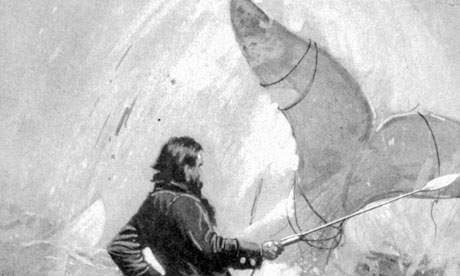
note: the page number links bring you to the appropriate chapters, not pages from The Northwestern-Newberry Edition of Moby Dick



